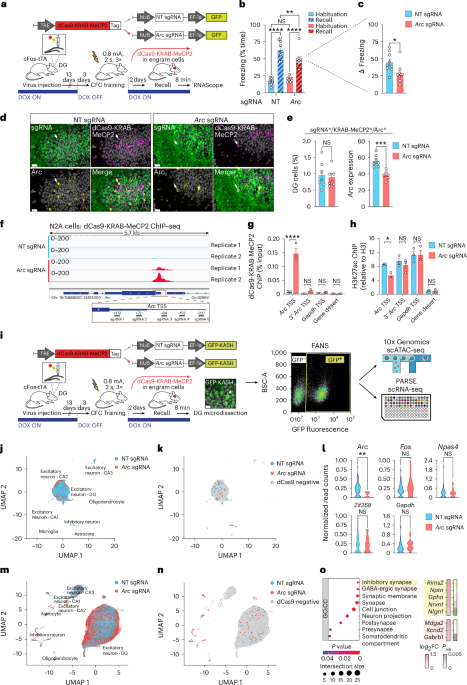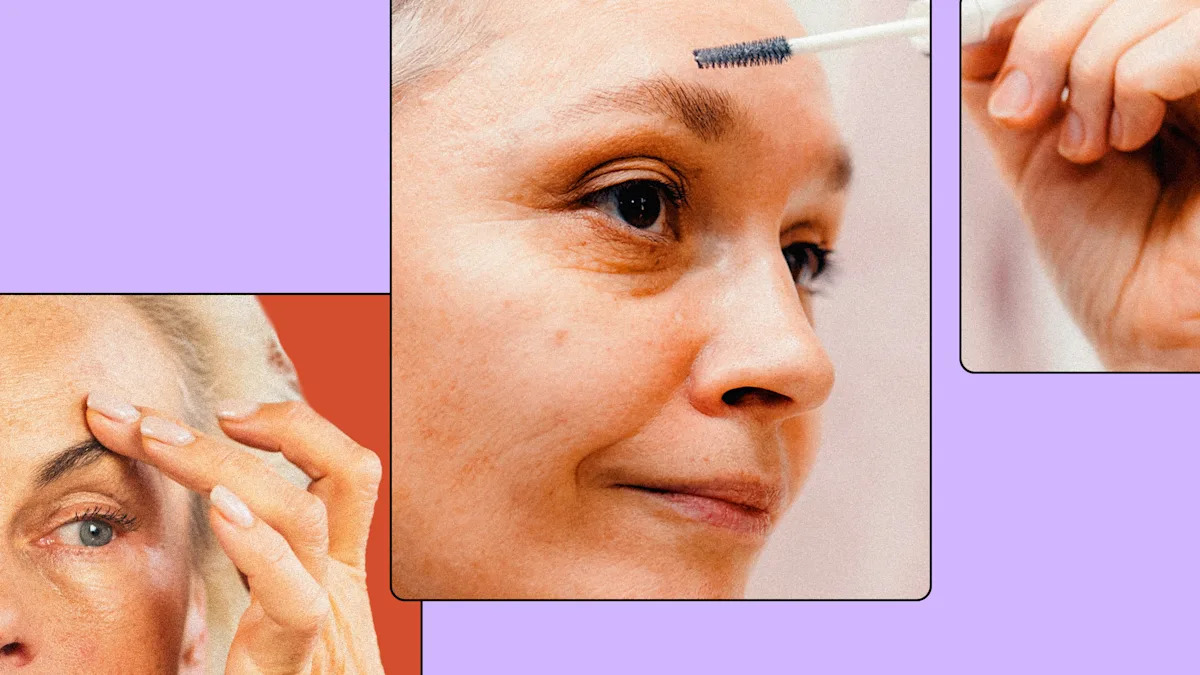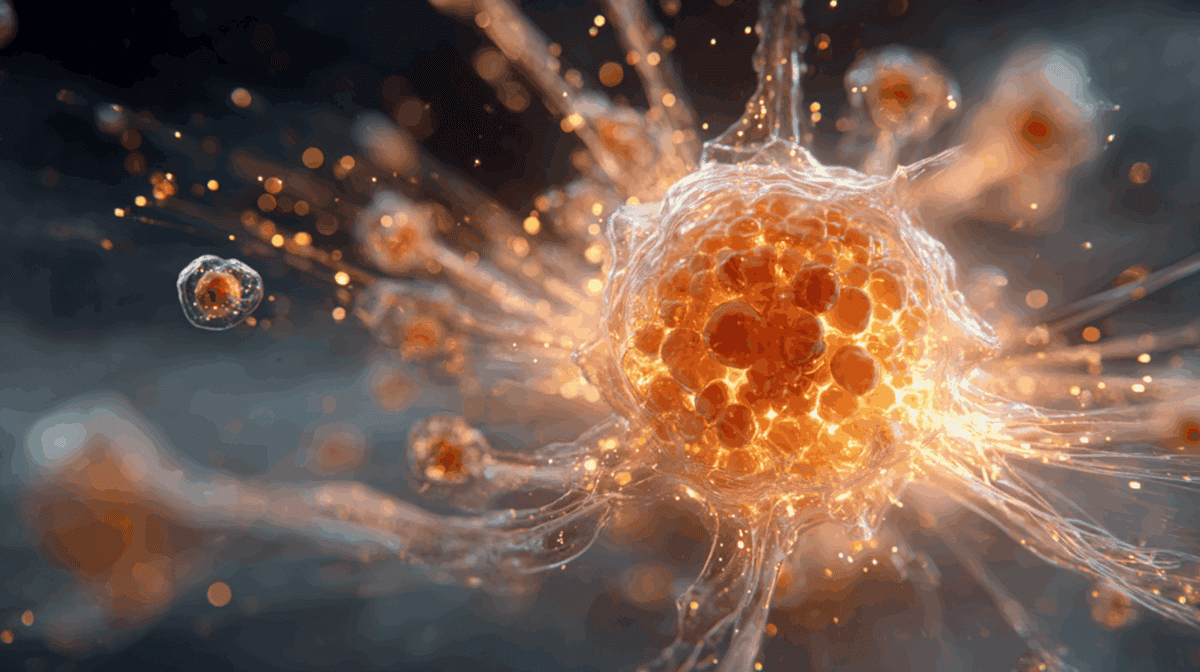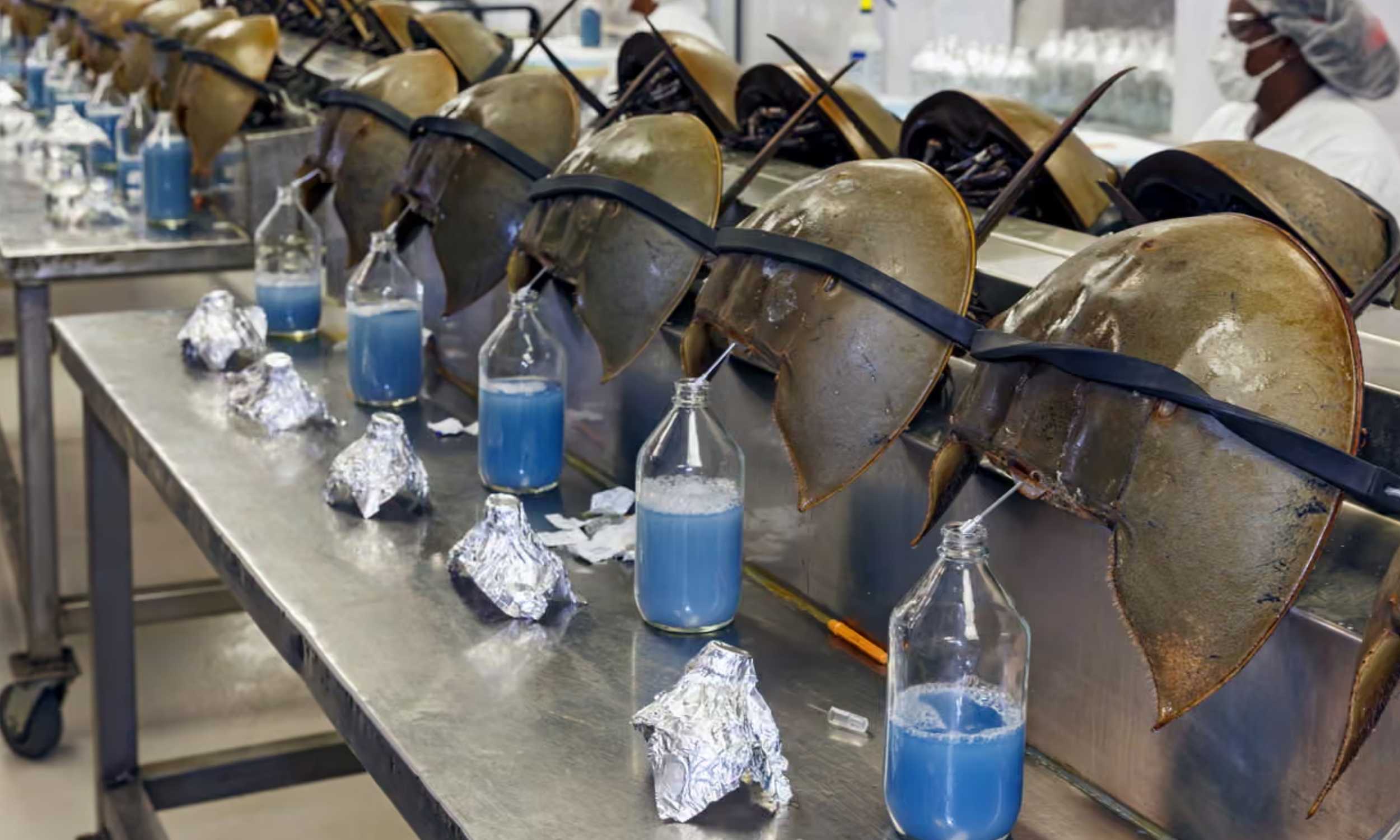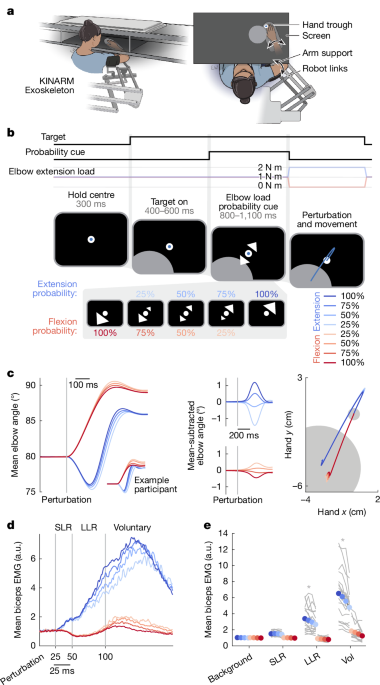Churchland, M. M. & Shenoy, K. V. Preparatory activity and the expansive null-space. Nat. Rev. Neurosci. 25, 213–236 (2024).
Shenoy, K. V., Sahani, M. & Churchland, M. M. Cortical control of arm movements: a dynamical systems perspective. Annu. Rev. Neurosci. 36, 337–359 (2013).
Codol, O., Michaels, J. A., Kashefi, M., Pruszynski, J. A. & Gribble, P. L. MotorNet, a Python toolbox for controlling differentiable biomechanical effectors with artificial neural networks. eLife 12, RP88591 (2024).
Tanji, J. & Evarts, E. V. Anticipatory activity of motor cortex neurons in relation to direction of an intended movement. J. Neurophysiol. 39, 1062–1068 (1976).
Churchland, M. M., Santhanam, G. & Shenoy, K. V. Preparatory activity in premotor and motor cortex reflects the speed of the upcoming reach. J. Neurophysiol. 96, 3130–3146 (2006).
Messier, J. & Kalaska, J. F. Covariation of primate dorsal premotor cell activity with direction and amplitude during a memorized-delay reaching task. J. Neurophysiol. 84, 152–165 (2000).
Weinrich, M., Wise, S. P. & Mauritz, K. H. A neurophysiological study of the premotor cortex in the rhesus monkey. Brain 107, 385–414 (1984).
Kaufman, M. T., Churchland, M. M., Ryu, S. I. & Shenoy, K. V. Cortical activity in the null space: permitting preparation without movement. Nat. Neurosci. 17, 440–448 (2014).
Li, N., Chen, T.-W., Guo, Z. V., Gerfen, C. R. & Svoboda, K. A motor cortex circuit for motor planning and movement. Nature 519, 51–56 (2015).
Riehle, A. & Requin, J. Monkey primary motor and premotor cortex: single-cell activity related to prior information about direction and extent of an intended movement. J. Neurophysiol. 61, 534–549 (1989).
Cisek, P. & Kalaska, J. F. Neural correlates of reaching decisions in dorsal premotor cortex: specification of multiple direction choices and final selection of action. Neuron 45, 801–814 (2005).
Churchland, M. M., Afshar, A. & Shenoy, K. V. A central source of movement variability. Neuron 52, 1085–1096 (2006).
Riehle, A. & Requin, J. The predictive value for performance speed of preparatory changes in neuronal activity of the monkey motor and premotor cortex. Behav. Brain Res. 53, 35–49 (1993).
Churchland, M. M., Yu, B. M., Ryu, S. I., Santhanam, G. & Shenoy, K. V. Neural variability in premotor cortex provides a signature of motor preparation. J. Neurosci. 26, 3697–3712 (2006).
Afshar, A. et al. Single-trial neural correlates of arm movement preparation. Neuron 71, 555–564 (2011).
Michaels, J. A., Dann, B., Intveld, R. W. & Scherberger, H. Predicting reaction time from the neural state space of the premotor and parietal grasping network. J. Neurosci. 35, 11415–11432 (2015).
Churchland, M. M. & Shenoy, K. V. Delay of movement caused by disruption of cortical preparatory activity. J. Neurophysiol. 97, 348–359 (2007).
Li, N., Daie, K., Svoboda, K. & Druckmann, S. Robust neuronal dynamics in premotor cortex during motor planning. Nature 532, 459–464 (2016).
Churchland, M. M. et al. Neural population dynamics during reaching. Nature 487, 51–56 (2012).
Logiaco, L., Abbott, L. F. & Escola, S. Thalamic control of cortical dynamics in a model of flexible motor sequencing. Cell Rep. 35, 109090 (2021).
Michaels, J. A., Schaffelhofer, S., Agudelo-Toro, A. & Scherberger, H. A goal-driven modular neural network predicts parietofrontal neural dynamics during grasping. Proc. Natl Acad. Sci. USA 117, 32124–32135 (2020).
Todorov, E. & Jordan, M. I. Optimal feedback control as a theory of motor coordination. Nat. Neurosci. 5, 1226–1235 (2002).
Crevecoeur, F. & Scott, S. H. Priors engaged in long-latency responses to mechanical perturbations suggest a rapid update in state estimation. PLoS Comput. Biol. 9, e1003177 (2013).
Pruszynski, J. A. & Scott, S. H. Optimal feedback control and the long-latency stretch response. Exp. Brain Res. 218, 341–359 (2012).
Hatsopoulos, N. G. & Suminski, A. J. Sensing with the motor cortex. Neuron 72, 477–487 (2011).
Pruszynski, J. A. et al. Primary motor cortex underlies multi-joint integration for fast feedback control. Nature 478, 387–390 (2011).
Evarts, E. V. & Tanji, J. Gating of motor cortex reflexes by prior instruction. Brain Res. 71, 479–494 (1974).
Pruszynski, J. A., Omrani, M. & Scott, S. H. Goal-dependent modulation of fast feedback responses in primary motor cortex. J. Neurosci. 34, 4608–4617 (2014).
Omrani, M., Murnaghan, C. D., Pruszynski, J. A. & Scott, S. H. Distributed task-specific processing of somatosensory feedback for voluntary motor control. eLife 5, e13141 (2016).
Picard, N. & Smith, A. M. Primary motor cortical responses to perturbations of prehension in the monkey. J. Neurophysiol. 68, 1882–1894 (1992).
Evarts, E. V. & Fromm, C. Sensory responses in motor cortex neurons during precise motor control. Neurosci. Lett. 5, 267–272 (1977).
Wolpaw, J. R. Amplitude of responses to perturbation in primate sensorimotor cortex as a function of task. J. Neurophysiol. 44, 1139–1147 (1980).
Reschechtko, S. & Pruszynski, J. A. Stretch reflexes. Curr. Biol. 30, R1025–R1030 (2020).
Cheney, P. D. & Fetz, E. E. Corticomotoneuronal cells contribute to long-latency stretch reflexes in the rhesus monkey. J. Physiol. 349, 249–272 (1984).
Pruszynski, J. A., Kurtzer, I., Lillicrap, T. P. & Scott, S. H. Temporal evolution of automatic gain-scaling. J. Neurophysiol. 102, 992–1003 (2009).
Lara, A. H., Elsayed, G. F., Zimnik, A. J., Cunningham, J. P. & Churchland, M. M. Conservation of preparatory neural events in monkey motor cortex regardless of how movement is initiated. eLife 7, e31826 (2018).
Kaufman, M. T. et al. The largest response component in the motor cortex reflects movement timing but not movement type. eNeuro 3, ENEURO.0085-16.2016 (2016).
Trautmann, E. M. et al. Large-scale high-density brain-wide neural recording in nonhuman primates. Nat. Neurosci. 28, 1562–1575 (2025).
Darian-Smith, C., Tan, A. & Edwards, S. Comparing thalamocortical and corticothalamic microstructure and spatial reciprocity in the macaque ventral posterolateral nucleus (VPLc) and medial pulvinar. J. Comp. Neurol. 410, 211–234 (1999).
Horne, M. K. & Tracey, D. J. The afferents and projections of the ventroposterolateral thalamus in the monkey. Exp. Brain Res. 36, 129–141 (1979).
Morel, A., Liu, J., Wannier, T., Jeanmonod, D. & Rouiller, E. M. Divergence and convergence of thalamocortical projections to premotor and supplementary motor cortex: a multiple tracing study in the macaque monkey: Thalamocortical connections of premotor cortex. Eur. J. Neurosci. 21, 1007–1029 (2005).
Rouiller, E. M., Liang, F., Babalian, A., Moret, V. & Wiesendanger, M. Cerebellothalamocortical and pallidothalamocortical projections to the primary and supplementary motor cortical areas: a multiple tracing study in macaque monkeys. J. Comp. Neurol. 345, 185–213 (1994).
Vyas, S., Golub, M. D., Sussillo, D. & Shenoy, K. V. Computation through neural population dynamics. Annu. Rev. Neurosci. 43, 249–275 (2020).
Mauritz, K. H. & Wise, S. P. Premotor cortex of the rhesus monkey: neuronal activity in anticipation of predictable environmental events. Exp. Brain Res. 61, 229–244 (1986).
Glaser, J. I., Perich, M. G., Ramkumar, P., Miller, L. E. & Kording, K. P. Population coding of conditional probability distributions in dorsal premotor cortex. Nat. Commun. 9, 1788 (2018).
Rickert, J., Riehle, A., Aertsen, A., Rotter, S. & Nawrot, M. P. Dynamic encoding of movement direction in motor cortical neurons. J. Neurosci. 29, 13870–13882 (2009).
Bastian, A., Schöner, G. & Riehle, A. Preshaping and continuous evolution of motor cortical representations during movement preparation. Eur. J. Neurosci. 18, 2047–2058 (2003).
Smoulder, A. L. et al. A neural basis of choking under pressure. Neuron 112, 3424–3433.e8 (2024).
Selen, L. P. J., Shadlen, M. N. & Wolpert, D. M. Deliberation in the motor system: reflex gains track evolving evidence leading to a decision. J. Neurosci. 32, 2276–2286 (2012).
Johansson, R. S. & Flanagan, J. R. Coding and use of tactile signals from the fingertips in object manipulation tasks. Nat. Rev. Neurosci. 10, 345–359 (2009).
Turecek, J. & Ginty, D. D. Coding of self and environment by Pacinian neurons in freely moving animals. Neuron 112, 3267–3277.e6 (2024).
Dimitriou, M. & Edin, B. B. Human muscle spindles act as forward sensory models. Curr. Biol. 20, 1763–1767 (2010).
Jiang, L. P. & Rao, R. P. N. Predictive coding theories of cortical function. in Oxford Research Encyclopedia of Neuroscience https://doi.org/10.1093/acrefore/9780190264086.013.328 (2022).
Richter, D., Kietzmann, T. C. & de Lange, F. P. High-level visual prediction errors in early visual cortex. PLoS Biol. 22, e3002829 (2024).
Rouhani, N. & Niv, Y. Signed and unsigned reward prediction errors dynamically enhance learning and memory. eLife 10, e61077 (2021).
Li, J. S., Sarma, A. A., Sejnowski, T. J. & Doyle, J. C. Internal feedback in the cortical perception-action loop enables fast and accurate behavior. Proc. Natl Acad. Sci. USA 120, e2300445120 (2023).
Wolpert, D. M., Miall, R. C. & Kawato, M. Internal models in the cerebellum. Trends Cogn. Sci. 2, 338–347 (1998).
Miall, R. C., Christensen, L. O. D., Cain, O. & Stanley, J. Disruption of state estimation in the human lateral cerebellum. PLoS Biol. 5, e316 (2007).
Diedrichsen, J., Criscimagna-Hemminger, S. E. & Shadmehr, R. Dissociating timing and coordination as functions of the cerebellum. J. Neurosci. 27, 6291–6301 (2007).
Hore, J. & Vilis, T. Loss of set in muscle responses to limb perturbations during cerebellar dysfunction. J. Neurophysiol. 51, 1137–1148 (1984).
Scott, S. H. Apparatus for measuring and perturbing shoulder and elbow joint positions and torques during reaching. J. Neurosci. Methods 89, 119–127 (1999).
Matthews, P. B. Observations on the automatic compensation of reflex gain on varying the pre-existing level of motor discharge in man. J. Physiol. 374, 73–90 (1986).
Pruszynski, J. A., Kurtzer, I. & Scott, S. H. Rapid motor responses are appropriately tuned to the metrics of a visuospatial task. J. Neurophysiol. 100, 224–238 (2008).
Jung, B. et al. A comprehensive macaque fMRI pipeline and hierarchical atlas. Neuroimage 235, 117997 (2021).
Seidlitz, J. et al. A population MRI brain template and analysis tools for the macaque. Neuroimage 170, 121–131 (2018).
Reveley, C. et al. Three-dimensional digital template atlas of the macaque brain. Cereb. Cortex 27, 4463–4477 (2017).
Hartig, R. et al. The Subcortical Atlas of the Rhesus Macaque (SARM) for neuroimaging. Neuroimage 235, 117996 (2021).
Hirai, T. & Jones, E. G. A new parcellation of the human thalamus on the basis of histochemical staining. Brain Res. Rev. 14, 1–34 (1989).
Boussard, J., Varol, E., Lee, H. D., Dethe, N. & Paninski, L. Three-dimensional spike localization and improved motion correction for Neuropixels recordings. Preprint at bioRxiv https://doi.org/10.1101/2021.11.05.467503 (2021).
Varol, E. et al. in ICASSP 2021–2021 IEEE International Conference on Acoustics, Speech and Signal Processing 1085–1089 (IEEE, 2021).
Buccino, A. P. et al. SpikeInterface, a unified framework for spike sorting. eLife 9, e61834 (2020).
Pachitariu, M., Sridhar, S., Pennington, J. & Stringer, C. Spike sorting with Kilosort4. Nat. Methods 21, 914–921 (2024).
Trautmann, E. M. et al. Accurate estimation of neural population dynamics without spike sorting. Neuron 103, 292–308.e4 (2019).
Mussa-Ivaldi, F. A., Hogan, N. & Bizzi, E. Neural, mechanical, and geometric factors subserving arm posture in humans. J. Neurosci. 5, 2732–2743 (1985).
Thelen, D. G. Adjustment of muscle mechanics model parameters to simulate dynamic contractions in older adults. J. Biomech. Eng. 125, 70–77 (2003).
Kistemaker, D. A., Wong, J. D. & Gribble, P. L. The central nervous system does not minimize energy cost in arm movements. J. Neurophysiol. 104, 2985–2994 (2010).
Glorot, X. & Bengio, Y. Understanding the difficulty of training deep feedforward neural networks. In Proc. 13th International Conference on Artificial Intelligence and Statistics 249–256 (JMLR, 2010).
Hu, W., Xiao, L. & Pennington, J. Provable benefit of orthogonal initialization in optimizing deep linear networks. Preprint at https://doi.org/10.48550/arXiv.2001.05992 (2020).
Kingma, D. P. & Ba, J. Adam: A method for stochastic optimization. Preprint at https://doi.org/10.48550/arXiv.1412.6980 (2014).
Scott, M. & Su-In, L. A unified approach to interpreting model predictions. Adv. Neural Inf. Process. Syst. 30, 4765–4774 (2017).
Shapley, L. S. in Contribution to the Theory of Games (eds Kuhn, H. & Tucker, A.) 307–317 (Princeton Univ. Press, 1953).
Diedrichsen, J. & Kriegeskorte, N. Representational models: a common framework for understanding encoding, pattern-component, and representational-similarity analysis. PLoS Comput. Biol. 13, e1005508 (2017).
Michaels, J. A. & Pruszynski, J. A. Data from: Sensory expectations shape neural population dynamics in motor circuits [Dataset]. Dryad https://doi.org/10.5061/dryad.0vt4b8hbr (2025).
First Appeared on
Source link





